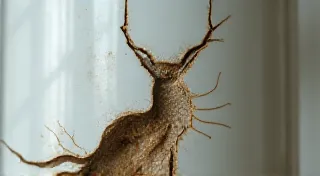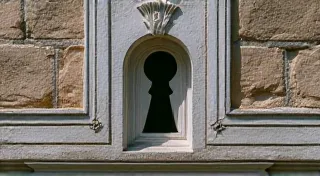The Cartography of Ornament: Mapping Beauty's Evolution Through Hair Comb Design
There's a quiet magic held within a vintage hair comb. It’s not the dazzling, boisterous magic of a stage illusion, but a softer, more intimate charm – the kind that whispers of forgotten moments, of elegant evenings and carefully curated appearances. Holding one in your hand isn't just holding an accessory; it's touching a tangible piece of history, a miniature artifact brimming with stories. My own fascination began with a simple discovery in my grandmother’s attic – a delicate, tortoiseshell comb, its teeth worn smooth from years of gentle use. It wasn't particularly rare or valuable, but it held an undeniable allure, a silent invitation to explore the eras it had witnessed. That single comb opened a door to a world of intricate craftsmanship, shifting beauty standards, and the powerful, often subtle, ways accessories reflect societal changes. The desire to understand how these small objects told a larger story of societal trends spurred a deeper exploration - a journey akin to tracing the lines of social class through the displays of wealth and status reflected in these often-overlooked accessories.
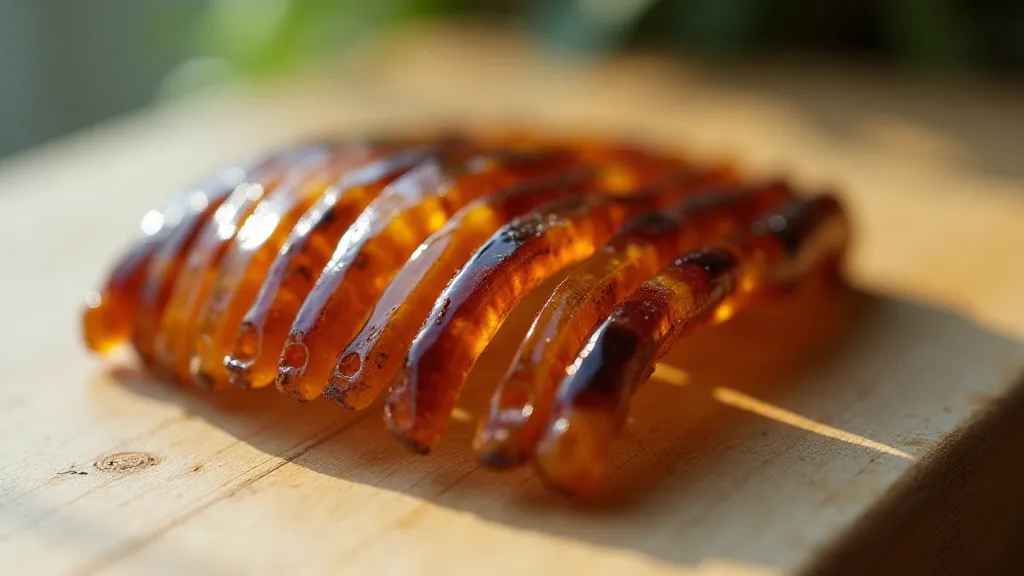
The Rococo Flourish: Beauty as Playful Extravagance (1730s – 1770s)
The mid-18th century, dominated by the Rococo style, saw hair combs transformed into miniature sculptures. Forget subtle elegance; this was an era of playful exuberance, where ornamentation was paramount. Hair, piled high and elaborately styled, served as a canvas for these flamboyant accessories. Combs weren't just functional; they were statements of wealth and status. Think delicate, pierced designs crafted from ivory, ebony, or exquisitely painted enamel. Diamonds, rubies, and emeralds were commonplace, scattered like jewels in a garden. The shapes were often asymmetrical, echoing the organic, flowing forms so characteristic of Rococo art. The prevailing philosophy centered on lightness, grace, and a rejection of the rigid formality of the Baroque era. This translated directly into hair comb design – a celebration of playful femininity, meant to evoke a sense of carefree amusement. The materials themselves spoke of privilege; ivory, for instance, had to be imported, making it a symbol of wealth and access. The sourcing and use of materials like ivory, however, raise complex questions about ethical considerations that resonate even today for collectors and enthusiasts. Consider a character in a historical novel: a wealthy courtesan, her hair a towering confection adorned with a diamond-encrusted comb – a clear signal of her position and power.
The Georgian Transition: Simplicity and Subtle Refinement (1770s – 1830s)
As the Rococo waned, a shift towards greater simplicity and refined elegance emerged, influencing everything from architecture to fashion. The Georgian era saw a tempering of the excessive ornamentation of the previous period. While hair combs remained important accessories, designs became more streamlined. The elaborate, swirling motifs were replaced with cleaner lines and more geometric shapes. Materials remained luxurious - silver, gold, and mother-of-pearl were popular - but the focus shifted to the quality of the materials and the precision of the craftsmanship rather than sheer quantity of gemstones. The rise of the middle class also had an impact; while the aristocracy continued to favor extravagant pieces, a wider range of people now sought elegant accessories that reflected a more understated sense of style. Many combs from this period bear hallmarks, identifying the silversmith and often the date of manufacture – a testament to the increased standardization of craftsmanship and the growing importance of consumer protection. A damaged comb from this era, skillfully restored, can become a treasured heirloom, a connection to a lineage of style and elegance.
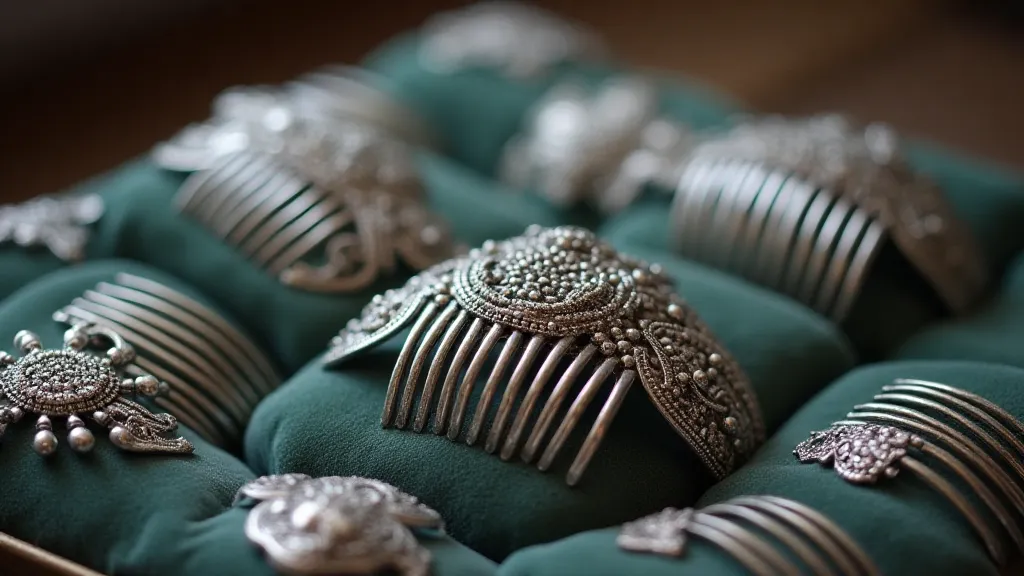
The Victorian Era: Mourning, Sentimentality, and Jet’s Reign (1837 – 1901)
The Victorian era was a period of complex contradictions, and hair comb design mirrored those nuances. The early years were heavily influenced by mourning rituals, leading to a prevalence of dark, somber materials like jet – a type of fossilized wood. Jet combs were particularly popular, their polished black surface reflecting a sense of grief and reverence. As the era progressed, however, a renewed interest in romanticism and sentimentality emerged, leading to a resurgence of floral motifs and the incorporation of personal mementos. Hair, often interwoven with ribbons or even strands of hair from loved ones, became a canvas for deeply personal expressions. The Industrial Revolution also brought about new manufacturing techniques, allowing for the mass production of less expensive combs made from materials like celluloid – a forerunner to plastic. This democratization of accessories meant that a wider range of people could participate in the expression of Victorian elegance. The shifting hairstyles of the era also spurred innovation; understanding these styles offers a unique lens into the defining hairstyles of the Roaring Twenties and how they shaped the design of the accessories used to achieve them. Think of a young woman, carefully placing a jet comb into her mourning-clad hair, a silent tribute to a lost loved one – a poignant moment captured in a miniature artifact.
The Art Deco Age: Streamlined Elegance and Geometric Precision (1920s – 1930s)
The roaring twenties brought a seismic shift in aesthetics, and hair comb design was no exception. The Art Deco movement embraced modernity, functionality, and geometric precision. Gone were the delicate floral motifs and swirling Rococo lines; in their place were bold, angular shapes, stylized floral patterns, and striking geometric designs. Materials included bakelite, silver, and enamel, often combined to create striking color contrasts. The rise of the flapper and a new sense of female liberation found expression in these sleek, sophisticated accessories. Hair was now styled in shorter, more manageable cuts, and hair combs became essential for securing bobs and finger waves. The emphasis was on clean lines, symmetry, and a sense of streamlined elegance – a reflection of the technological advancements and optimistic spirit of the era. The specific techniques and materials involved in crafting these intricate pieces often involved a level of skill that is truly remarkable, and understanding the secrets behind materials like mother-of-pearl reveals the dedication of the artisans of the time. A character, attending a glamorous jazz-age party, her hair perfectly coiffed and secured with a geometric bakelite comb – an embodiment of the era’s exuberant style.
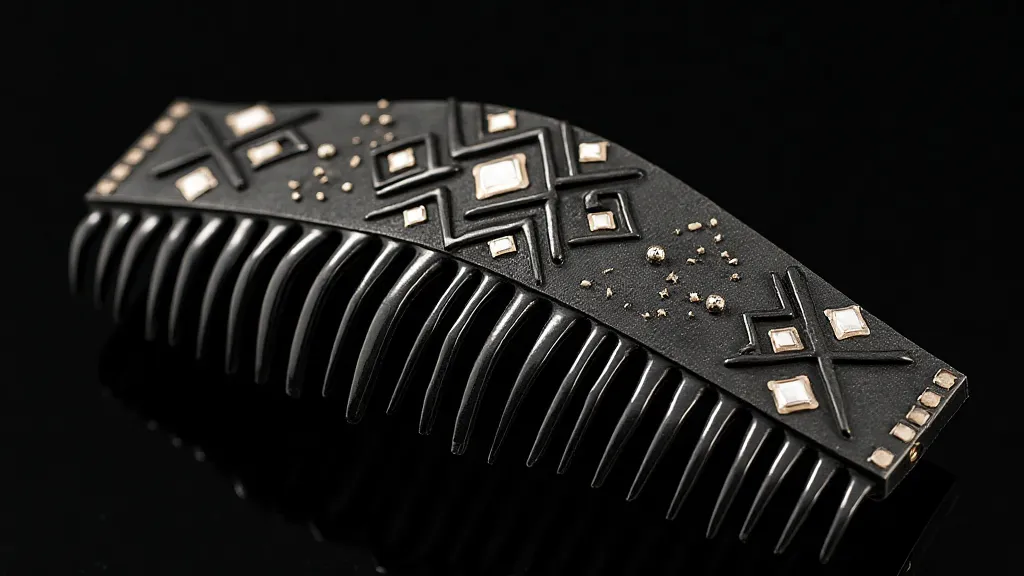
Collecting and Caring for Vintage Hair Combs
Collecting vintage hair combs is a rewarding pursuit, offering a unique window into the evolution of beauty and style. When acquiring combs, look for hallmarks (which indicate the maker and often the date), examine the condition of the materials, and research the style to understand its historical context. Restoration can be tricky – avoid harsh chemicals and focus on gentle cleaning and stabilization. Often, the beauty lies in the patina and subtle imperfections that speak to the comb's history. The very act of holding a vintage hair comb connects us to the past – a silent conversation across time, a tangible reminder of the enduring power of beauty and the artistry of human hands. It is a cartography of ornament, a roadmap charting the shifting contours of style and sentiment. Beyond simply collecting, preserving these pieces contributes to a greater understanding of the historical narratives they embody - a journey that continuously reveals the rich tapestry of human creativity and cultural expression.
